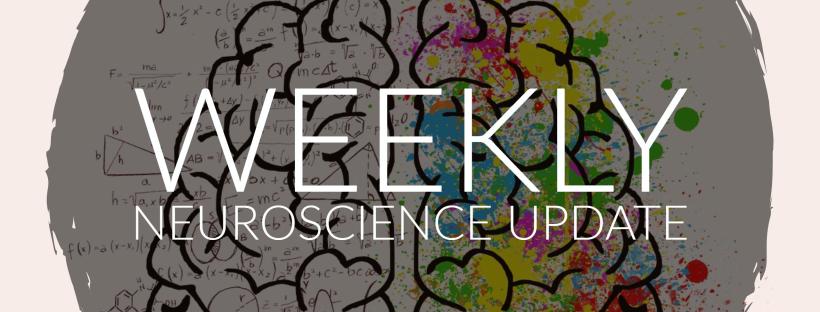
Researchers have found that human brain organoids replicate many important cellular and molecular events of the developing human cortex, the part of the brain responsible for movement, perception, and thought.
Loneliness, restless sleep, and unhappiness have a significant effect on biological aging, a new study reports.
A Brazilian study published in the journal PNAS describes some of the effects infection by SARS-CoV-2 can have on the central nervous system. A preliminary version (not yet peer-reviewed) posted in 2020 was one of the first to show that the virus that causes COVID-19 can infect brain cells, especially astrocytes. It also broke new ground by describing alterations in the structure of the cortex, the most neuron-rich brain region, even in cases of mild COVID-19.
New research reveals how changes in pupil size affect the way we perceive our surroundings.
Human Brain Project (HBP) researchers have identified a new marker for predicting the clinical outcome of patients with Amyotrophic Lateral Sclerosis (ALS) through magnetoencephalography. This marker can be measured in the brain during its resting state and highlights the importance of brain flexibility for ALS patients.
A new theory of consciousness suggests decisions are made unconsciously, then about half a second later, they become conscious.
Strenuous cognitive work leads to an accumulation of glutamate in the prefrontal cortex, according to new research published in the journal Current Biology. The new findings suggest that mental fatigue is a neuropsychological mechanism that helps to avert the build-up of potentially toxic byproducts of prolonged cognitive activity.
A research team has identified a specific cell group in the brain responsible for shifts in the sleep-wake rhythm caused by psychostimulants.
Amid much speculation and research about how our genetics affect the way we age, new research shows that individual differences in our DNA matter less as we get older and become prone to diseases of aging, such as diabetes and cancer.
Finally, this week, listening to birdsong reduces anxiety and paranoia, a new study reports.
